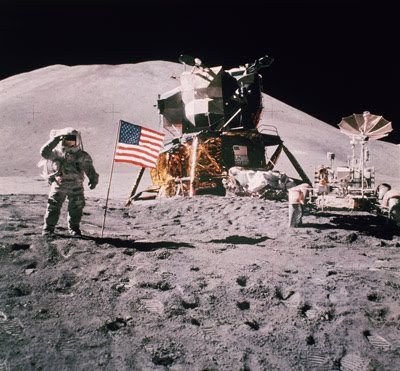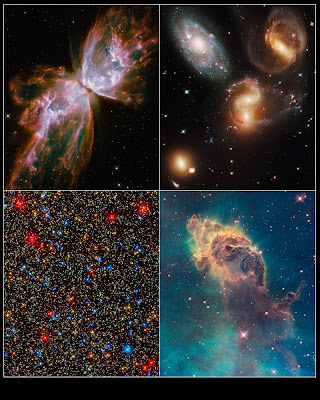OK, enough of the pretty pictures from outer space, now it's time to go back to mixer math.
In the podcast, on this blog, and in the SolderSmoke book I have chronicled my efforts to understand how mixer circuits REALLY work. For some of us, the trig is just not enough. We want intuitive understanding. Ya' gotta draw us a picture. Mike KC7IT, and Dennis W6DWF, both alerted me to a good one. It is from a new book
"RF Front-End: World Class Designs", Edited by Jane Sullivan Love. The chapter on mixers is available online here:
http://i.cmpnet.com/rfdesignline/2009/08/C0429pt1.pdf 
I really like figure 9.6 (above). You can really SEE how the switching action that is driven by the LO kind of "chops up" the RF signal and produces the complex waveform that is the IF. The neat thing about the IF waveform in this drawing is that you can clearly see both the sum freq (the smaller squiggles) AND the difference freq (the overall movement inside which the smaller squiggles are present). Go ahead, count them up! Sums and differences!
This is a special kind of mixer: a polarity-reversing switching mixer. When the LO is negative, it inverts whatever is at the RF port. From this you can see why mixers are described mathematically as "multipliers." This mixer is multiplying the instantaneous value of the RF input by +1 (when the LO is positive) and then by -1 (when the LO is negative).
I think it is quite a bit harder to "see" the genesis of the sum and difference freqs when you are working with non-switching mixers, but this diagram is, I think, really useful in gaining an intuitive understanding of what goes on in the mixing process.

































